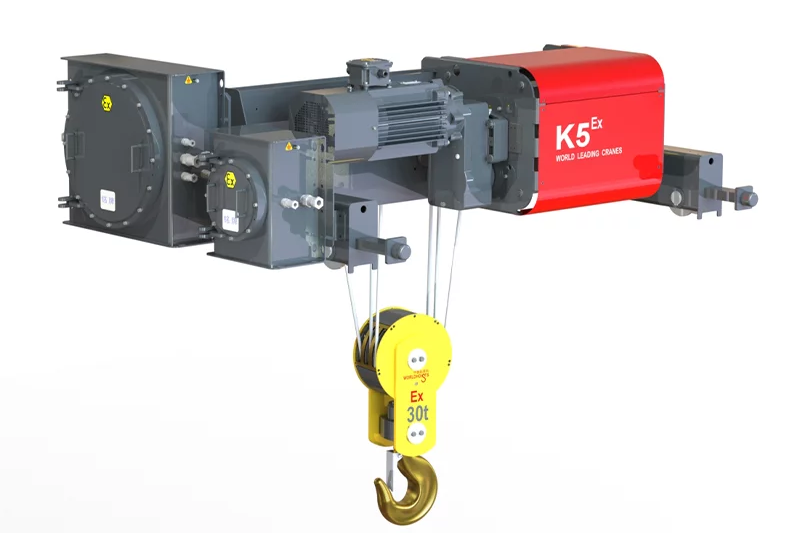Chain hoists are essential tools in various industrial settings, providing an efficient means of lifting heavy loads with ease and safety. Understanding how a spark resistant hoist?operates is crucial for businesses seeking to improve their material handling processes. From construction sites to manufacturing facilities, these tools are equipped to manage the demands of diverse applications effectively.
The Components of a Chain Hoist
A chain hoist comprises several key crane components that work together to lift and lower heavy objects. The primary parts include the chain, hook, drum, motor, gearbox, and frame. The chain itself is the lifting element, wrapping around the drum as the motor engages.
The motor powers the gearbox, which controls the speed and direction of the drum’s rotation. This rotation moves the chain up or down, allowing operators to lift or lower loads. The hook attaches to the load, securing it during the lifting process. Additionally, the frame supports all other components and must be robust enough to withstand the weight of the loads being moved.
Modern chain hoists often incorporate advanced technology for enhanced performance. For instance, spark-resistant hoists are designed specifically for environments where there is a risk of ignition due to flammable materials. These specialized hoists feature crane components?made from non-sparking materials, making them suitable for hazardous locations such as chemical plants and oil refineries.
How Lifting Mechanics Function
When an operator engages the chain hoist, the motor activates, turning the gearbox. As the gearbox rotates the drum, the chain unwinds or winds, depending on whether the hoist is lifting or lowering a load. This movement creates a pulling force that raises the load attached to the hook. The mechanical advantage provided by the pulley system allows lighter forces to lift heavier weights, making chain hoists especially effective for industrial applications.
Safety features are critical in the operation of chain hoists. Many come equipped with limit switches that prevent overloading and automatic shut-off mechanisms to enhance user safety. Furthermore, regular maintenance and inspections are vital to ensure all crane components function correctly and safely.
Applications of Chain Hoists
Chain hoists have a wide range of applications across various industries. They are commonly used in construction, maintenance, manufacturing, and warehousing. Thanks to their versatility, they can be tailored to meet specific operational needs, whether it’s lifting heavy machinery or transporting materials within a factory setting.
Specialized versions, like spark-resistant hoists, are crucial in environments that require stringent safety measures due to the presence of combustible substances. Customizing a chain hoist to fit particular settings enhances its functionality and safety, ensuring compliance with industry regulations.
As we conclude our exploration of how a chain hoist works, we at WORLDHOISTS?take pride in being?trusted?suppliers of electric wire rope hoists. Our expertise allows us to offer strong customization capabilities tailored to various environments, including explosion-proof and metallurgical settings. Whether your project requires standard lifting solutions or specialized equipment like spark-resistant hoists, we invite you to contact us for a detailed consultation that meets your unique project needs.




